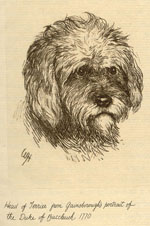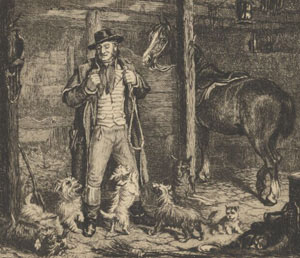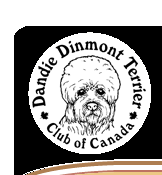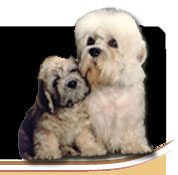 T
T
he Dandie Dinmont Terrier is one of the oldest breeds of Terrier. It has an extraordinary history. The Dandie was first recorded as a distinct breed around 1700. Originating in the border country between England and Scotland, the Dandie Dinmont Terrier of the 18th century was pure and true to type long before it had a name. Unlike many “modern” breeds, the Dandie has not changed over the years. There is little difference between today's Dandie Dinmonts and the one seen in Gainsborough's 1770 portrait of the Henry, 3rd Duke of Buccleuch
The Dandie Dinmont was the first breed of Terrier to have a name. Until the early 19th century, many different types of dogs were known as Terriers. But in 1815, Sir Walter Scott, who proudly owned these engaging little dogs, wrote about them in his popular novel “Guy Mannering”. In it, a character (named Dandie Dinmont) kept a pack of mustard (tan) and pepper (grey) Terriers. Soon, people were eager to own “Dandie Dinmont's Terriers”, and thus, from this fictional personality, the breed took its name.The apostrophe was soon dropped, and it was now known as the Dandie Dinmont.

A Dandie Dinmont club was formed in Melrose Scotland, in 1876. This British club remains the oldest continuing dog club in the world. Renowned for his gameness and adaptability to almost any environment, the Dandie Dinmont became popular in 19th Century Britain - even Queen Victoria owned and loved a Dandie. The Dandie was used in the development of many other breeds. However, as more and more different types of Terrier proliferated, the public's attention was drawn to the newer breeds and the Dandie became forgotten by all but a core of diehard and dedicated enthusiasts. The Kennel Club in the U.K. have declared the Dandie a “vulnerable breed”.
Quite unlike any other Terrier breed, the Dandie is all curves. As Scott describes him: “He evolved from the Scottish hillside, the grey mists forming his body, a bunch of lichen his topknot, crooked juniper stems his forelegs, and a wet bramble his nose.”
|


